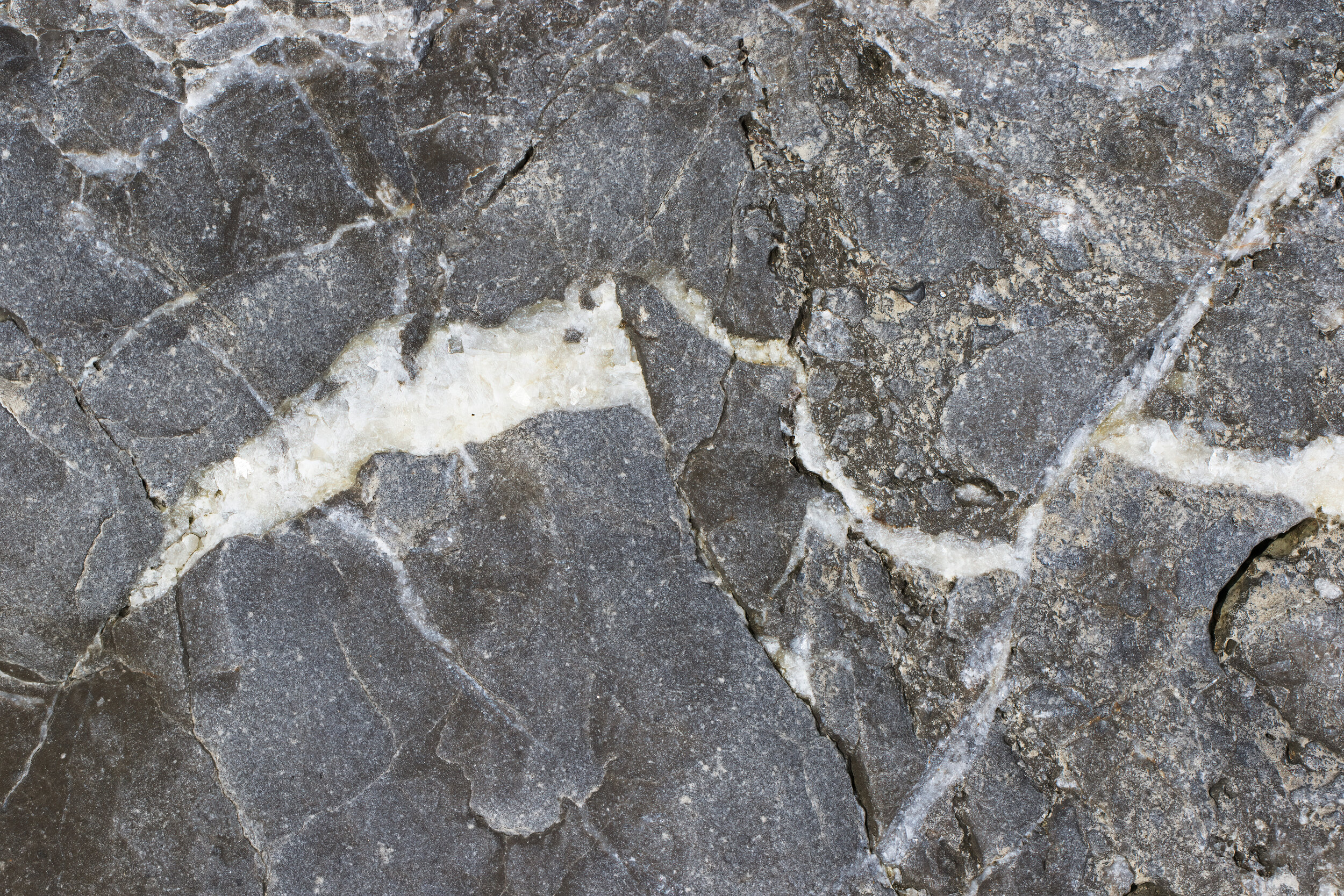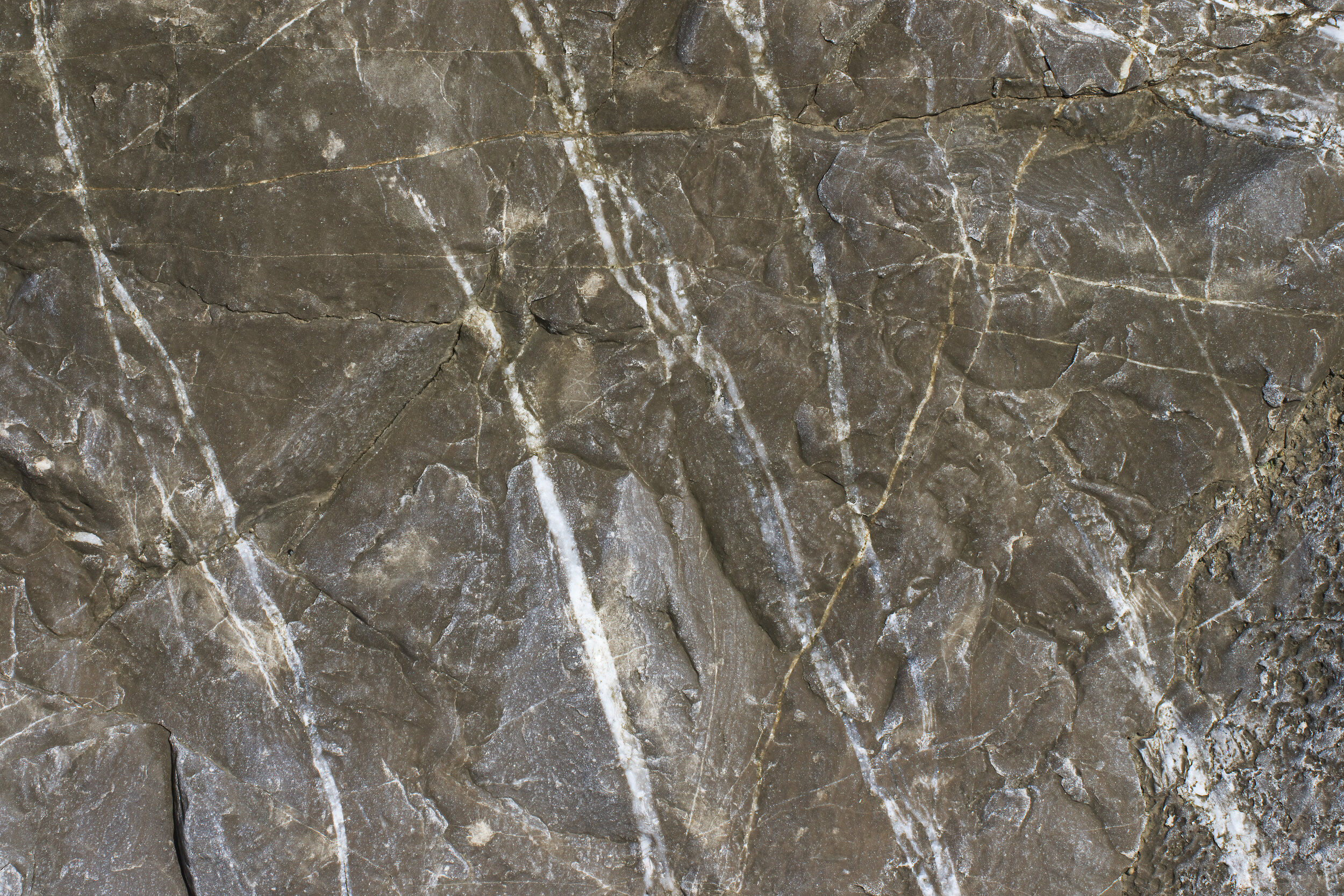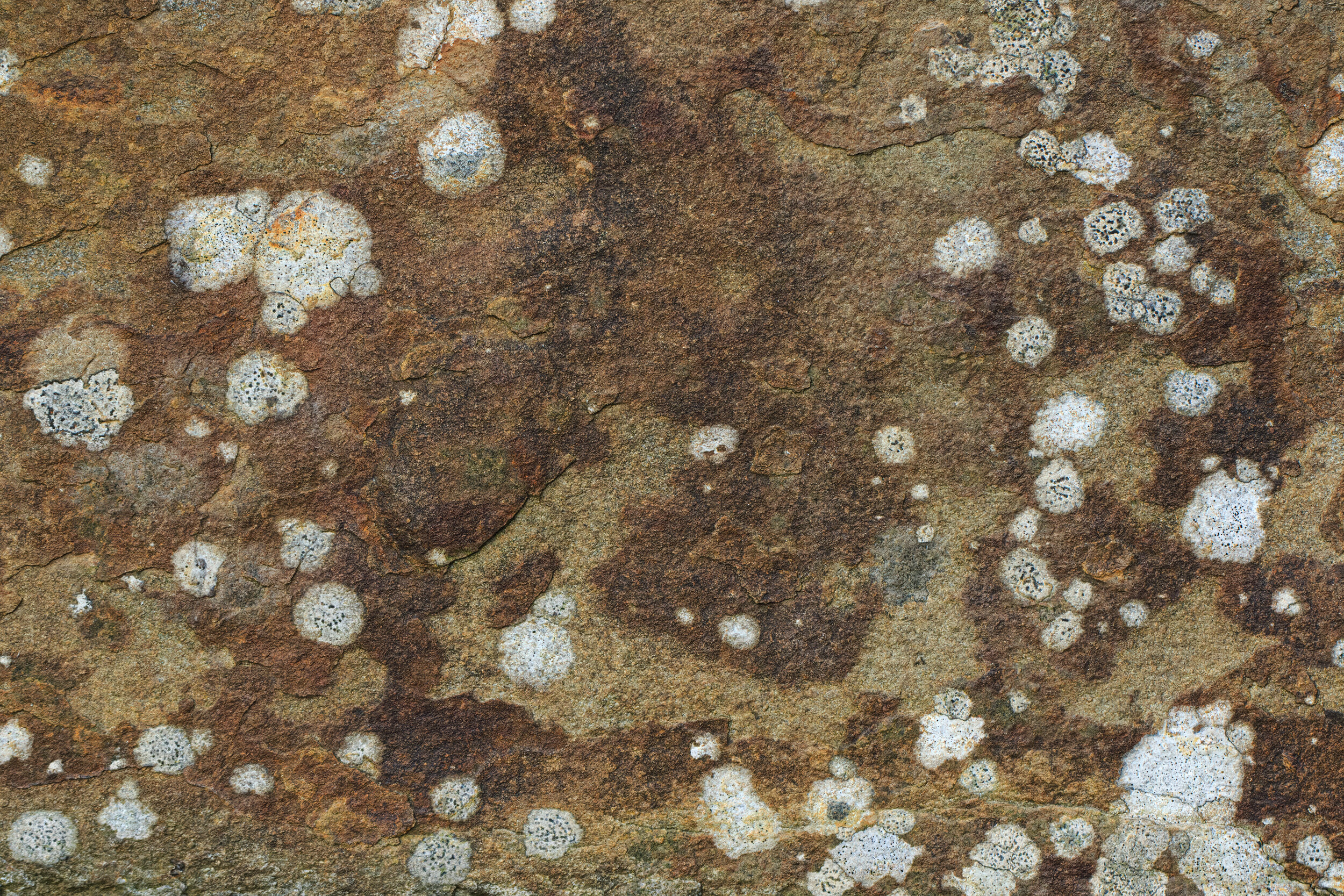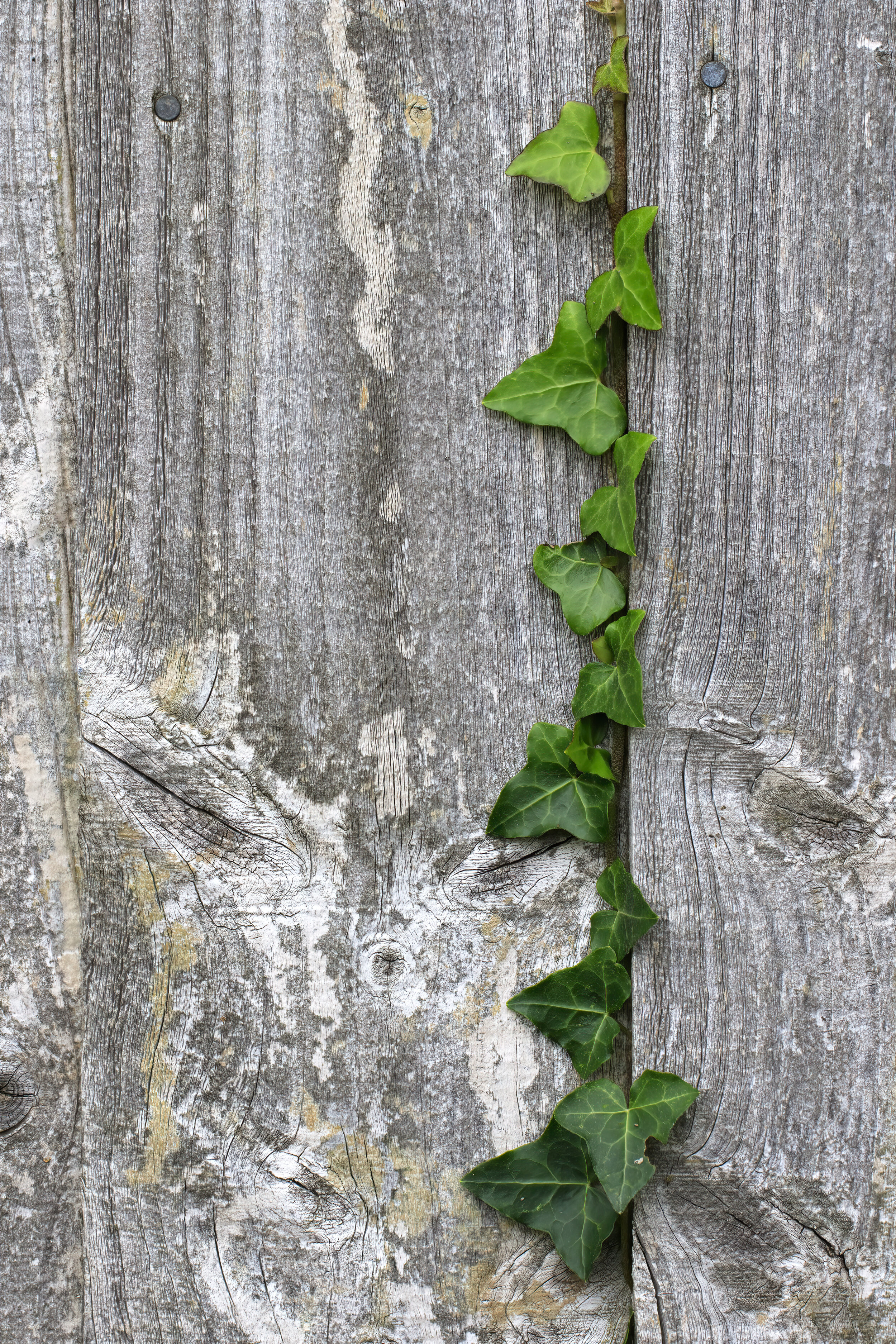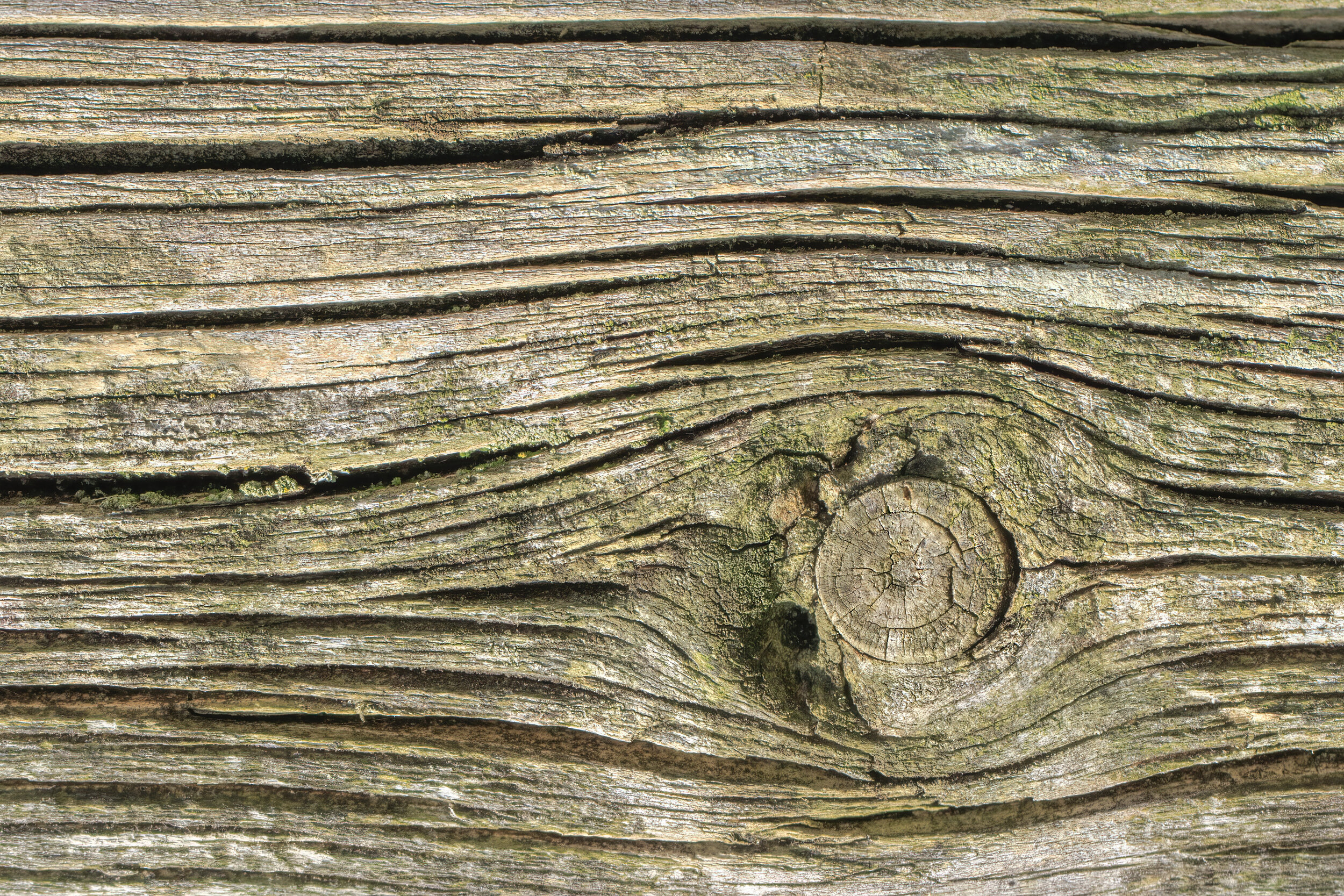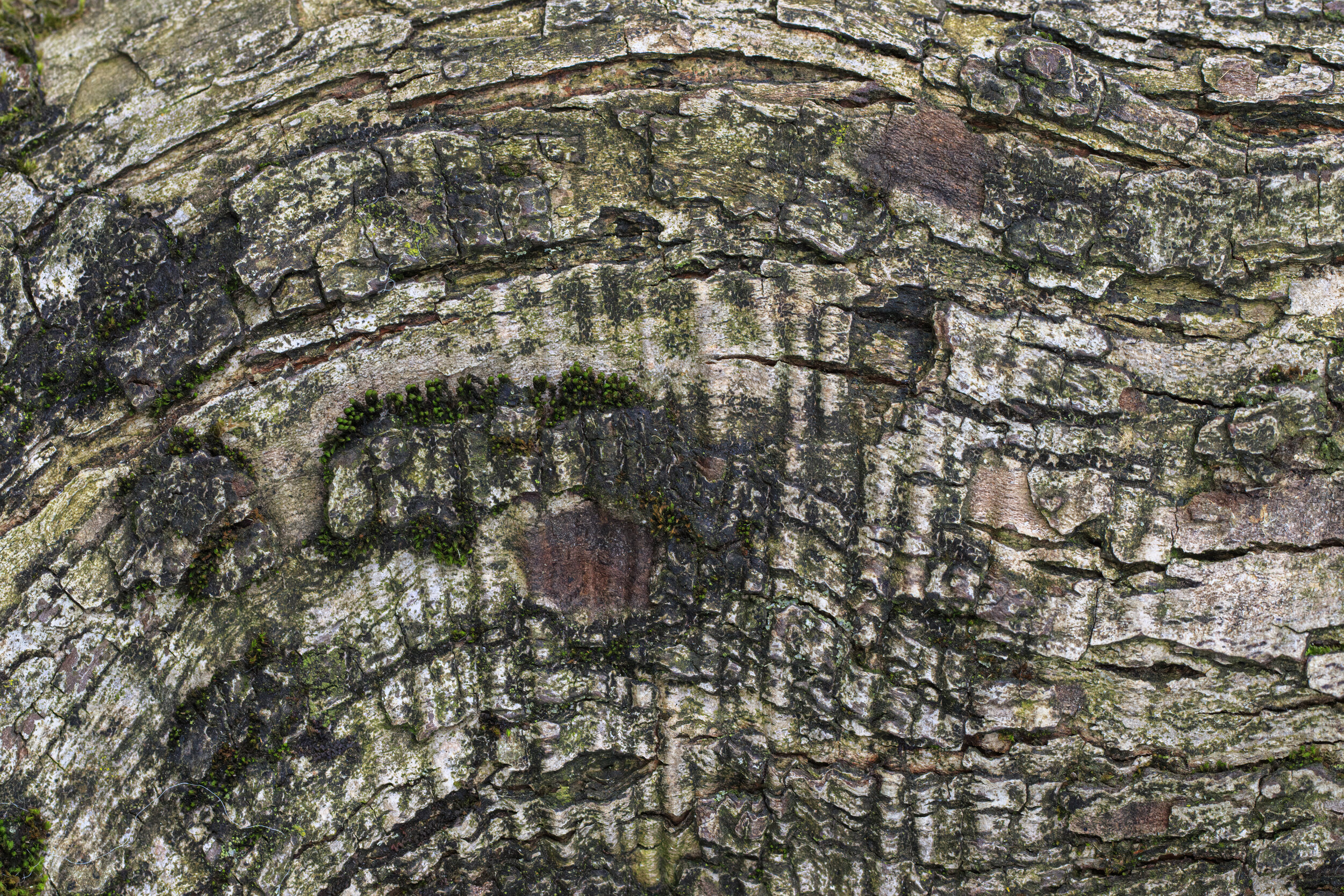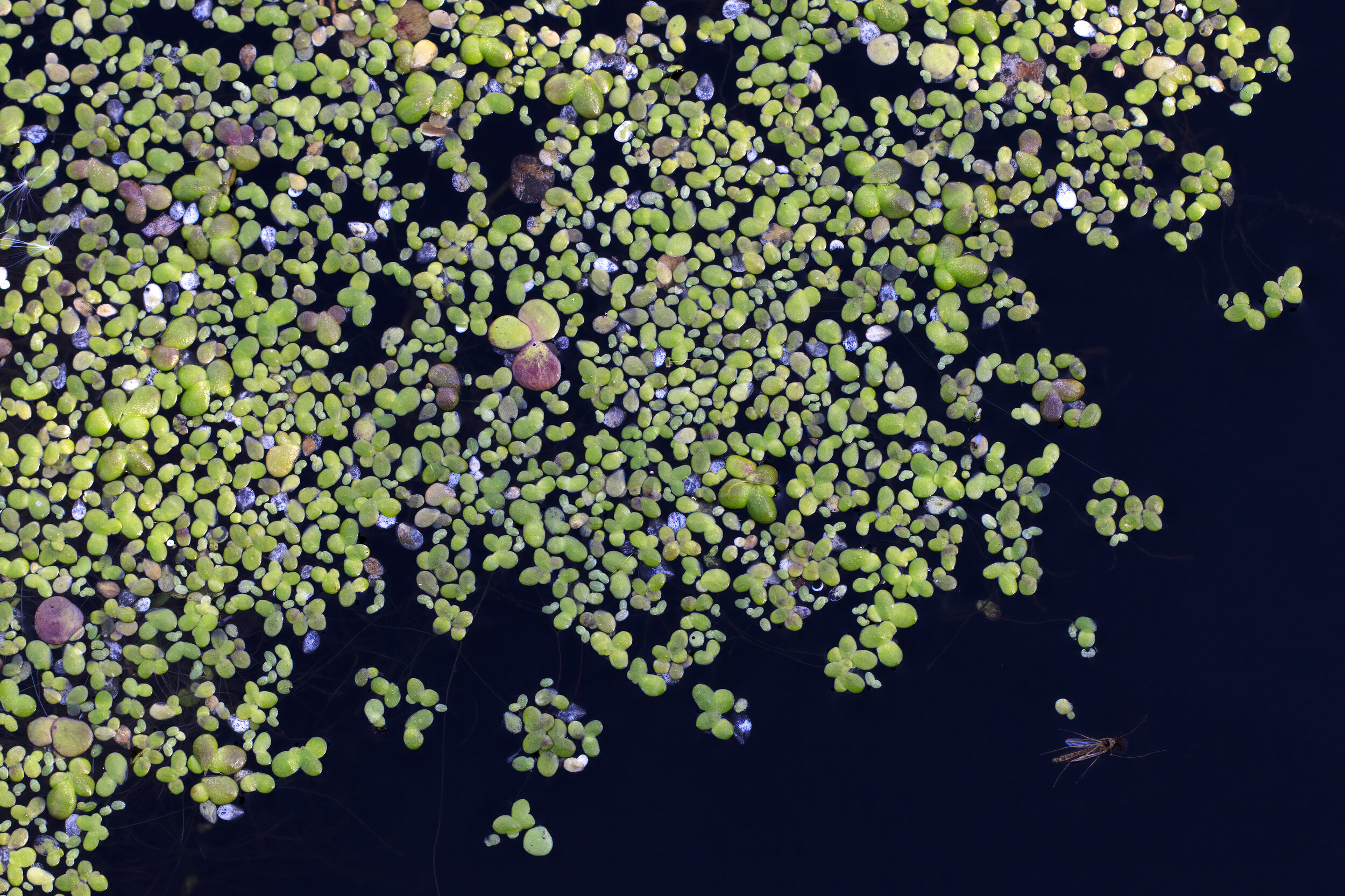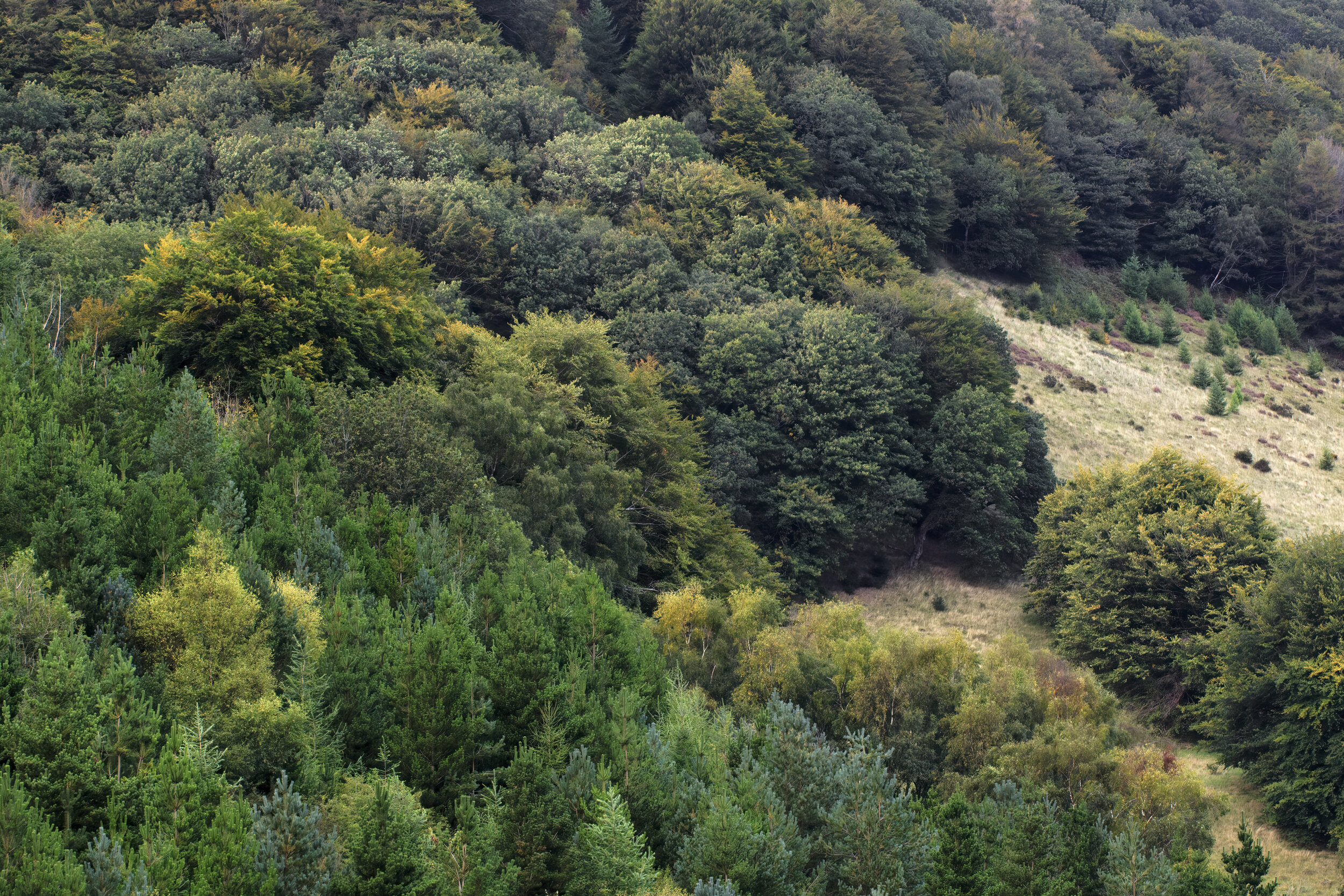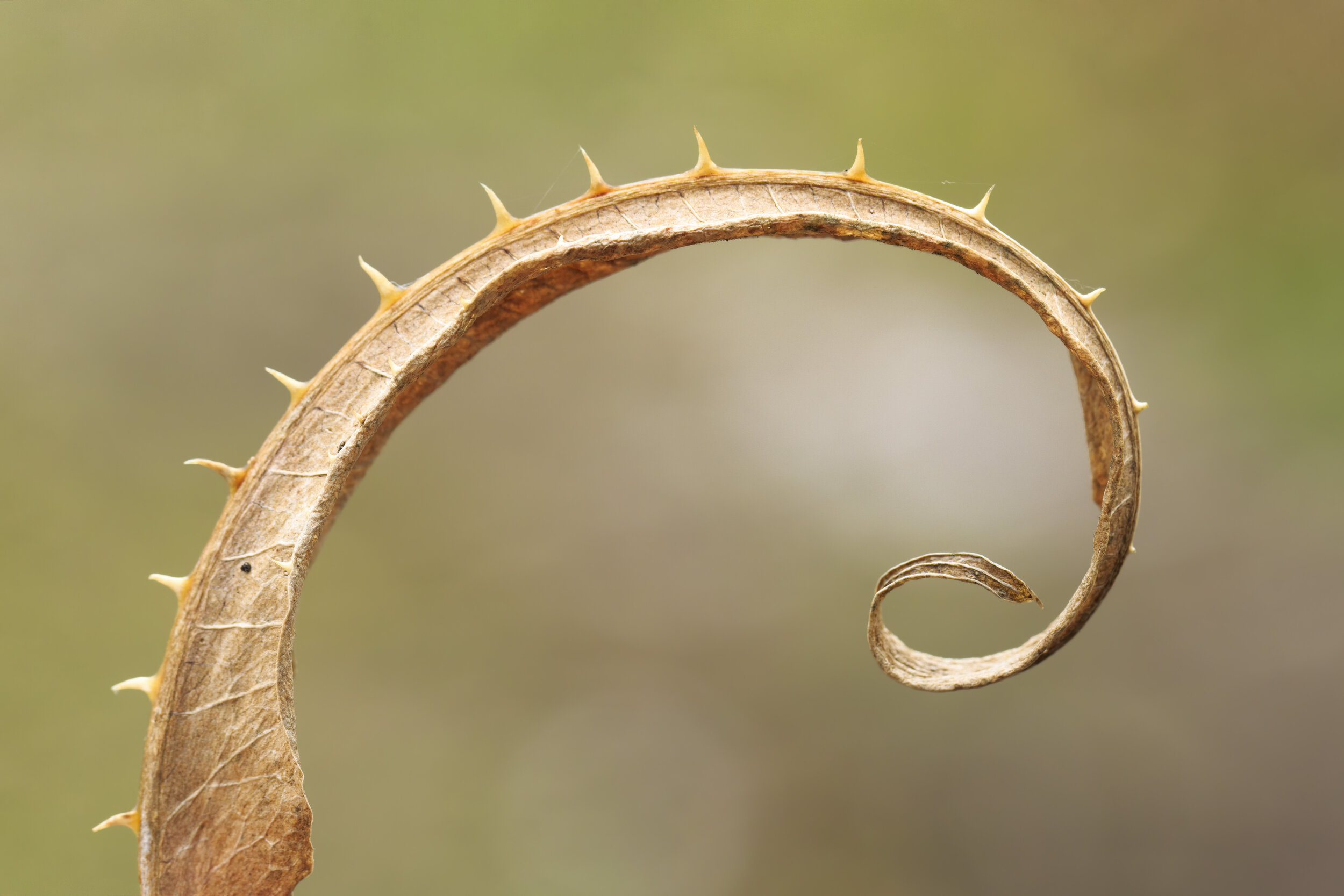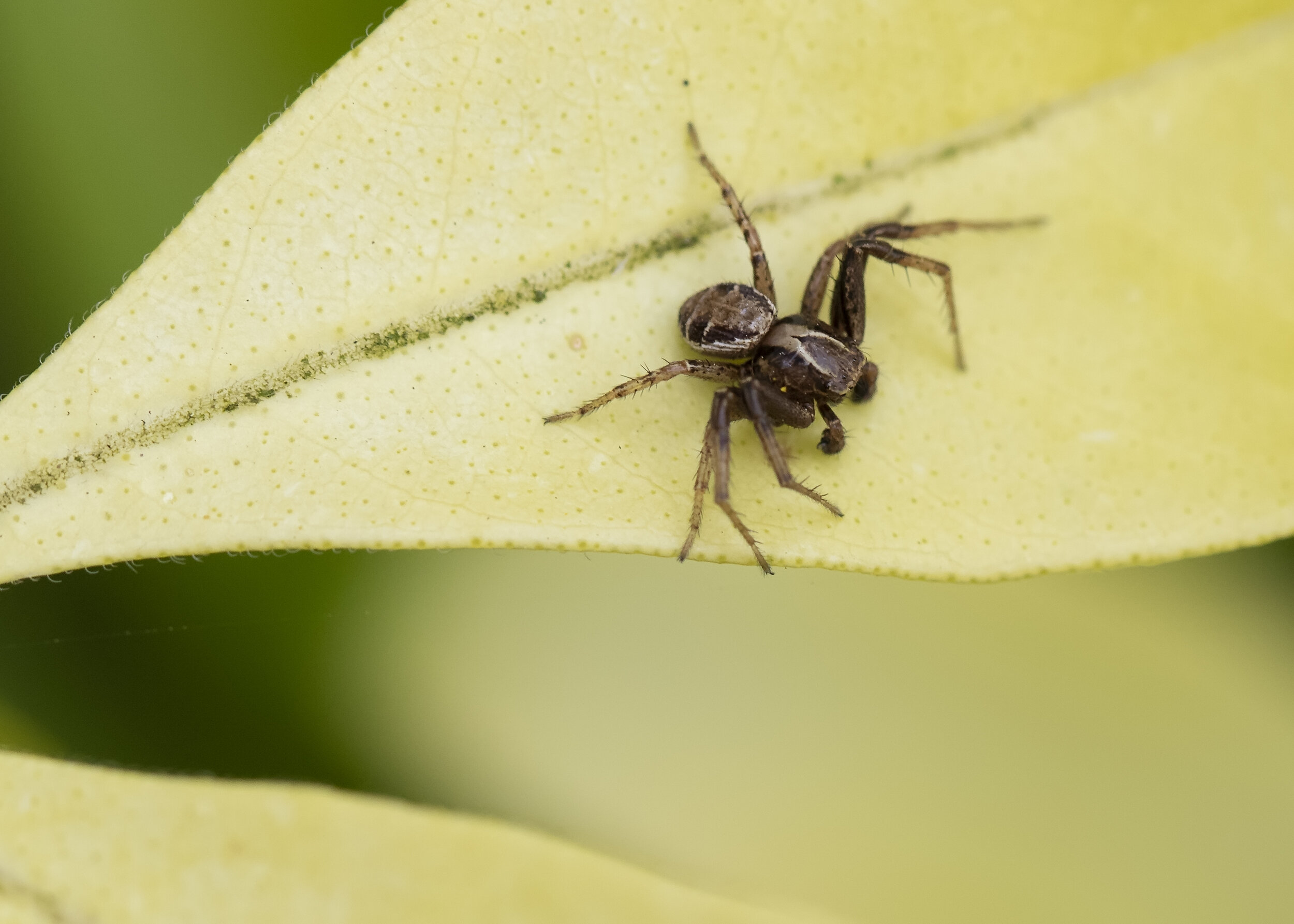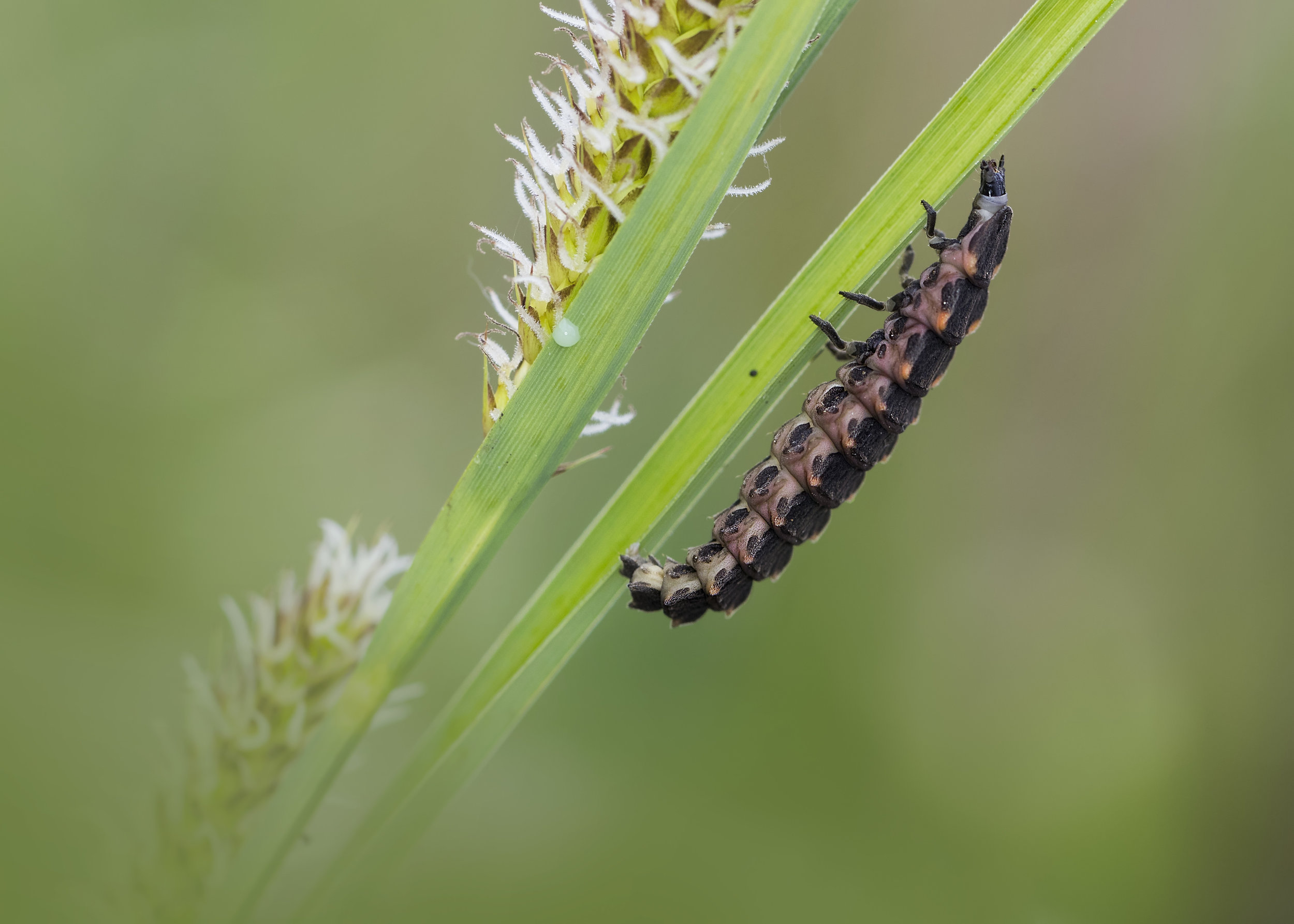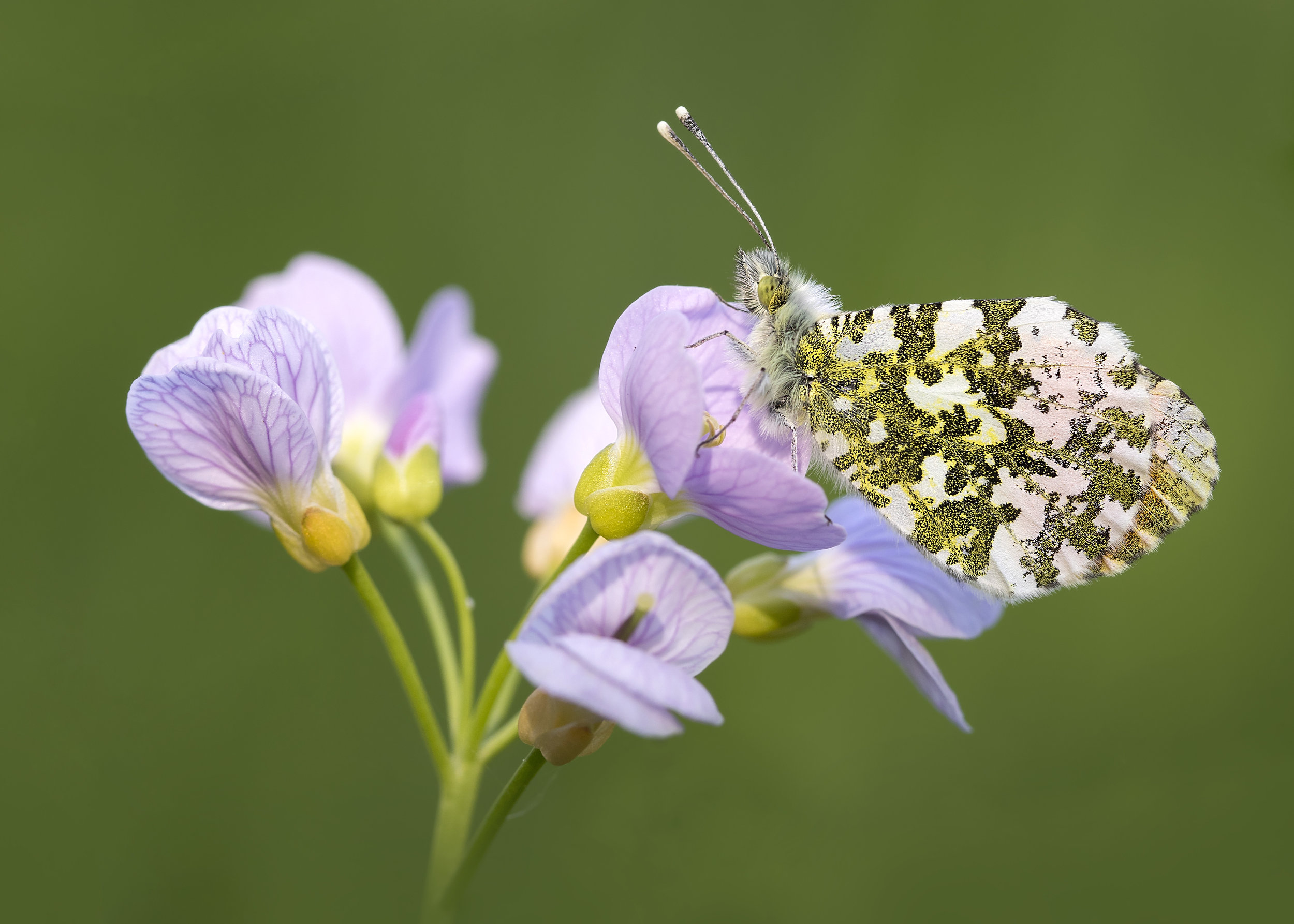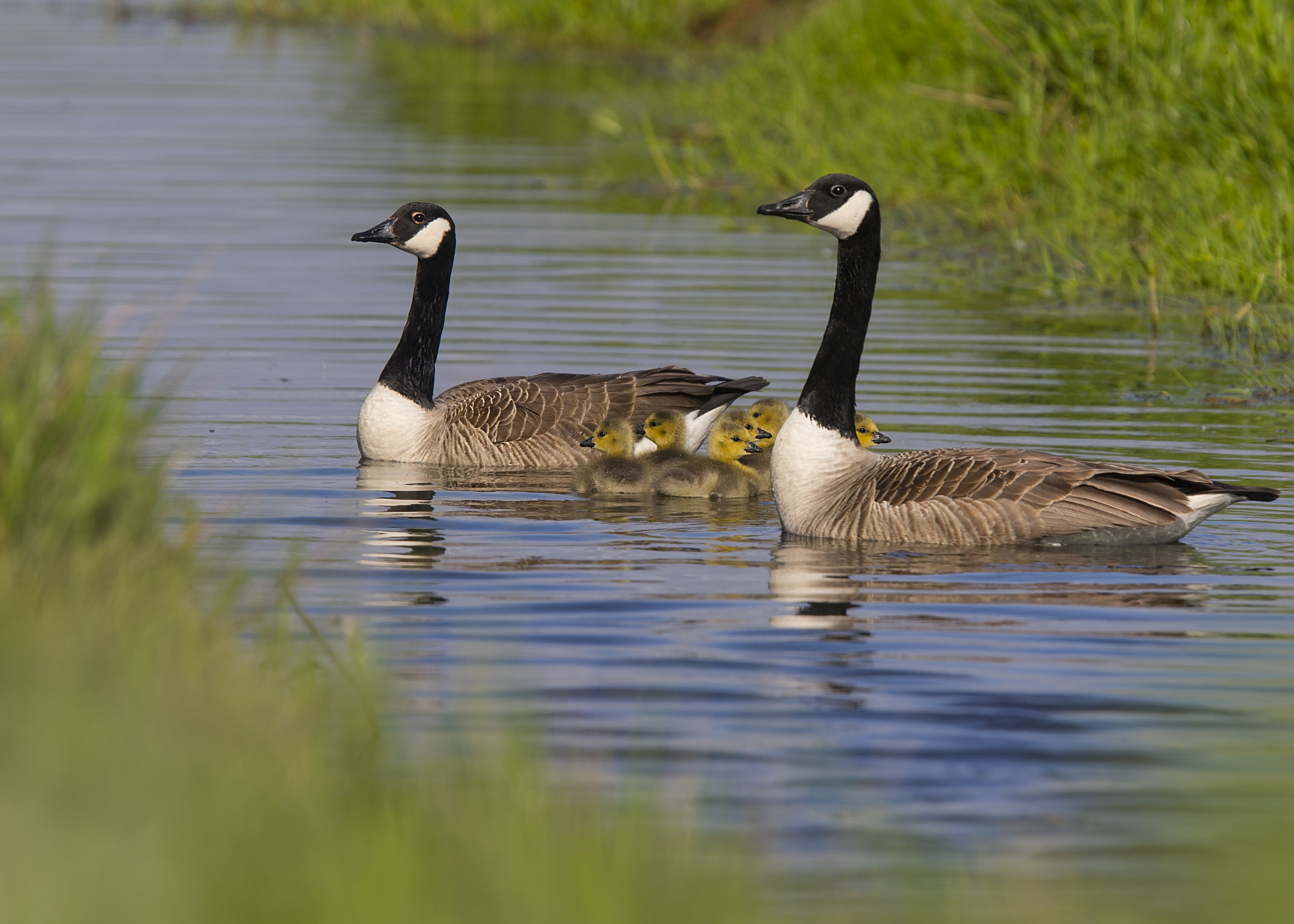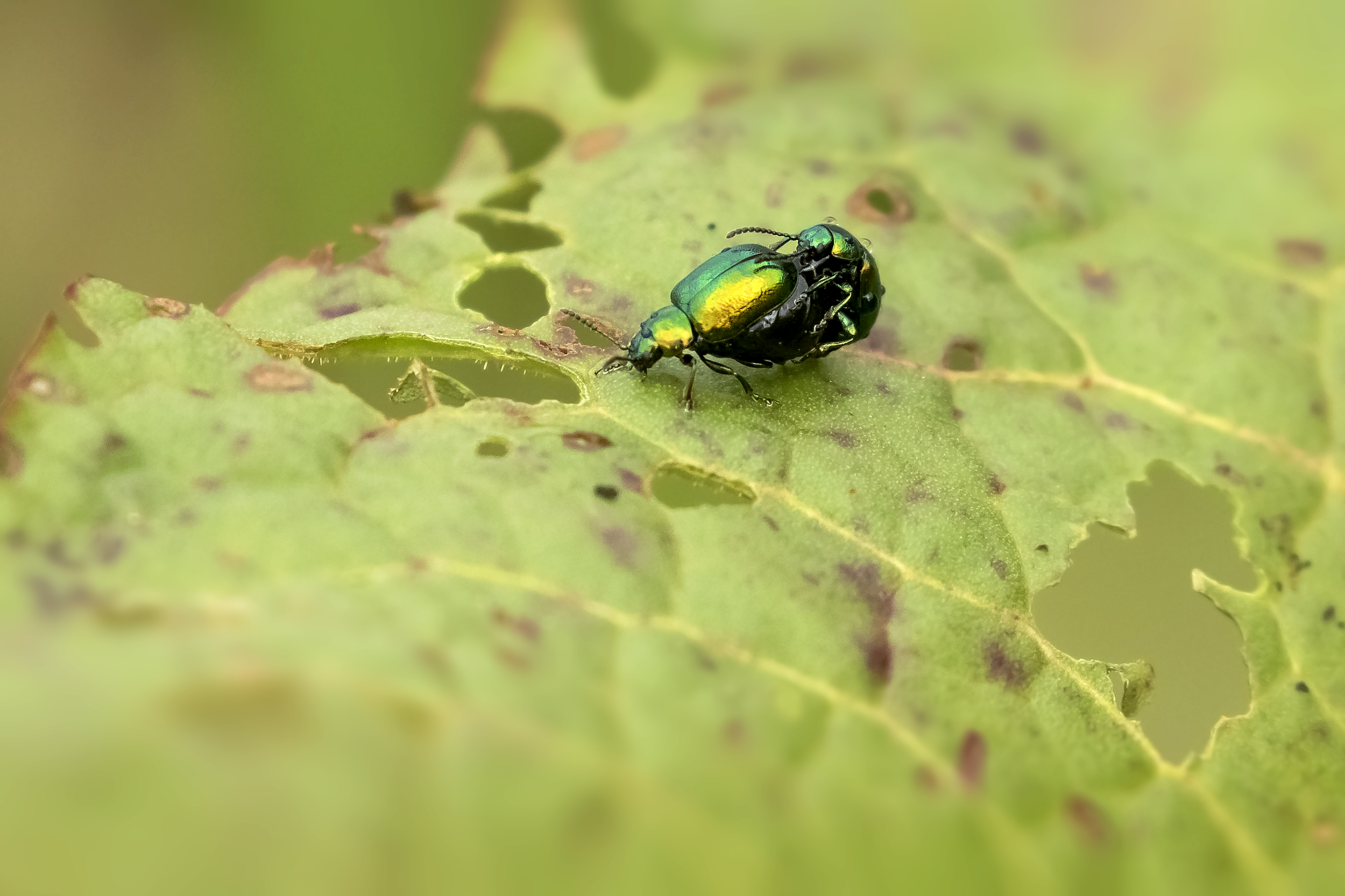Anything can happen this time of year with the weather but September has become a month not to underestimate, as we have consistently had warm weather creeping in, just when we all had a taste of the autumn in august with wet, windy and cold. Migration has some-what come to a stand-still in the last week, with no waders moving on my nocmig, but it has been replaced with a large movement of Siskin, Meadow Pipit and the odd Chaffinch. Now my Nightjar have left for Africa, I usually turn my attention to the water. Llandegfedd has already produced a few Ospreys on passage, one of which stayed for a week but remained antisocial due to all the boat activity on the reservoir. We were lucky to witness it leaving the reservoir after one last circle of the water in search of a fish and literally the next day, the same bird was picked up at Chew Valley Lake.
It’s now a great time to search for any late summer insects. Wasp Spider females are now at their largest size so they are easier to find and there are plenty of Caterpillar’s around that are fattening up, ready to pupate. In terms of resident birds, the local Raptor population seem to be turning to insects for their main source of food, including Red Kites, that I’ve observed feeding on what looked like large Beetles. This field was full of sheep so it’s likely that the beetles are a variety of dung beetle species that are draw to the fields by the sheep droppings. The coast-line is filling up with waders, with large flocks of Turnstone, Ringed Plover, Sanderling, Dunlin, Oystercatchers and Knot. It’s been a great year so far with waders, mostly around the coastline, with an abundance of Curlew Sandpiper, Pectoral Sandpiper and Little Stint in the country, all of which have been seen at Goldcliff Lagoons in the last two months. I have a group of friends that regularly bird Goldcliff Lagoons, and if you want to see regular updates on the birds seen there. I highly recommend looking at Blair Jones’s blog - https://www.thewildlifeoculus.com/ where he has a very well written, running documentary of Goldcliff Lagoons that’s also packed full of images that paint a vivid picture of the often, action packed lagoons. I also recommend subscribing to John Lawton’ youtube channel - https://www.youtube.com/c/johnluk/videos as John also spends a lot of time on the Gwent Levels and puts a lot of time and effort putting together video clips. Video is another ball-game, you really have to be dedicated as not only does it take up a lot of space on the hard drive, it’s pain-staking to edit footage and cut it up into a presentable form.
I have a lot of images below, some of which have been taken very recently on short trips to the beach at Ogmore-by-sea. All others have been taken in Gwent, with a Great White Egret showing well at Blaenavon Garn Lakes. Wasp Spiders at Marshfield on the Gwent Levels, Osprey at Llandegfedd and the rest, pretty much in my tiny little Garden.
I’ve also been continuing to search for natural textures. I’m planning on using these images as part of a task at In Our Nature CIC. For anybody suffering with mental health issues, it can be an important exercise to make your world smaller. You might find yourself stuck in a closed environment all the time, whether it’s office work or you might be house-bound for health reason, so open spaces can feel a little overwhelming. Focusing less on over-all landscapes, and more on the little details right in-front of you can be a good way to over-come what can otherwise be a sensory overload. The same technique also works for people who take in too much information, in that they’re constantly exposed to open landscapes, where they’re always having to interpret large quantities of information. People who drive long distances tend to suffer from this and it’s often subconsciously so you aren’t even aware of how much information the brain is actually taking in.
We’re subjected to information every single day and we can’t control everything, but we can chose to concentrate on the little things.
Sound
The end of august was quite a windy one so I didn’t do much in terms of sound recording, other than of course this recording below from the comfort of my doorstep. Here you can really hear the depth of the wind storm at was upon us that day.
Since then it’s returned to our Indian Summer, and the water coming thru the inlet at Llandegfedd sounds beautiful.
The bird soundtrack is still very much so Robin dominated now but with the hot weather I have started to hear the odd Dunnock, Blue Tit and Great Tit singing. Next on my list is to get some nice recordings at the beach, the sound of Waves are magic, but I’m saving this for those cold winter days where there won’t be any birds singing.
Nocmig
I haven’t had much on the wader front, as there’s been a low pressure over Scottish seas for a few weeks now, holding those wader flocks back. I have had large numbers of Siskin, Meadow Pit and Grey Wagtails over the house early morning though, with the off Yellow Wagtail in the mix. I’ve just started to get Chaffinch in the morning also but Siskin seem to be dominating the morning migration, with numbers reaching in the hundreds. I’ve had that many recordings I haven’t uploaded any of them yet but here’s one of the closer Yellow Wagtail calls to end this lengthy blog.




























